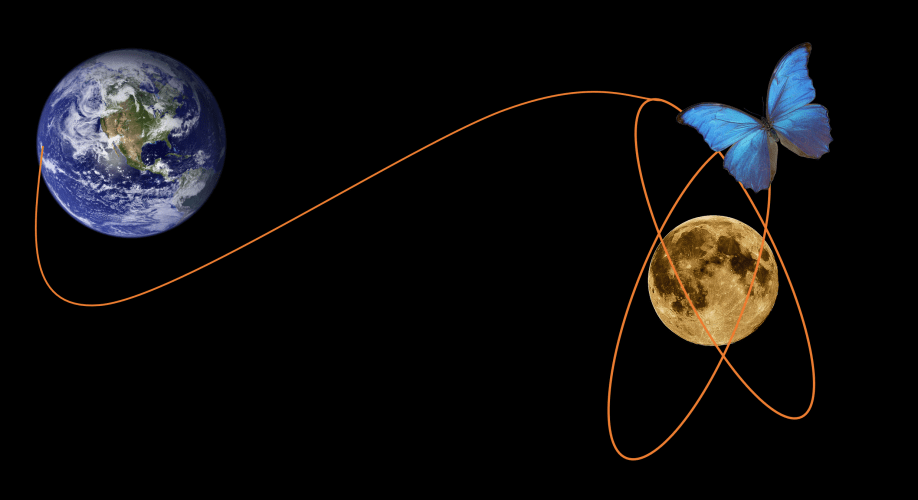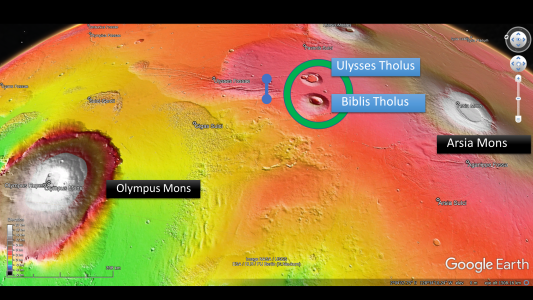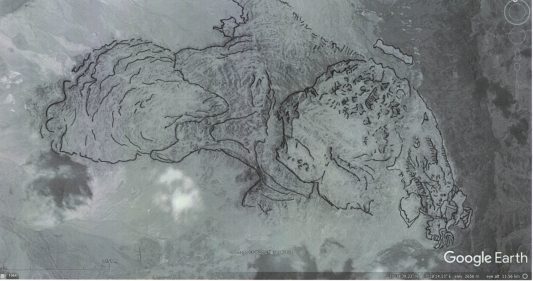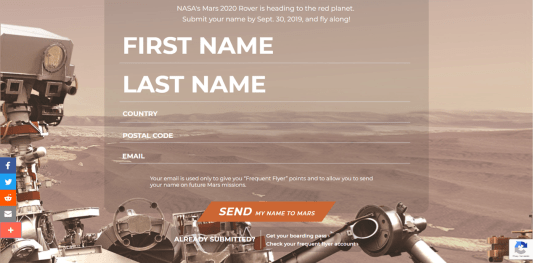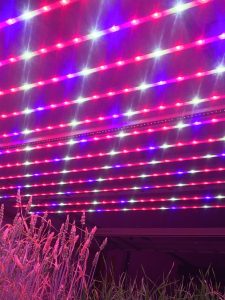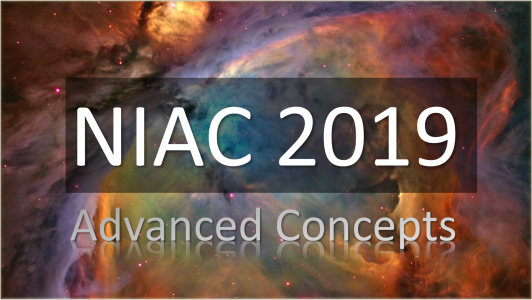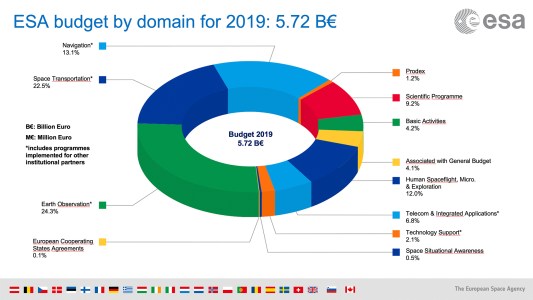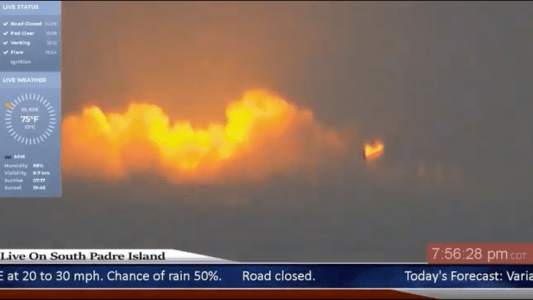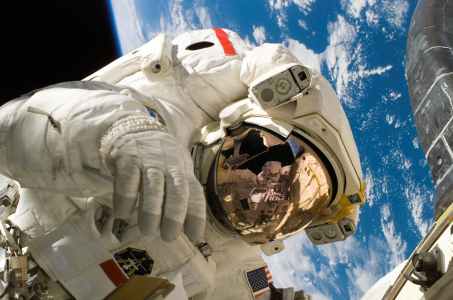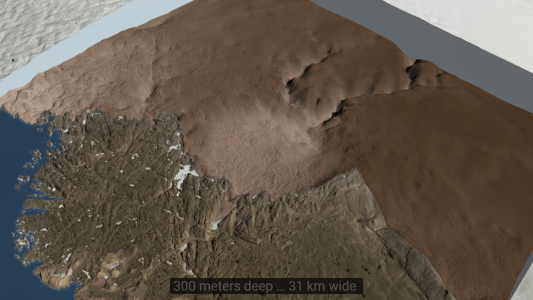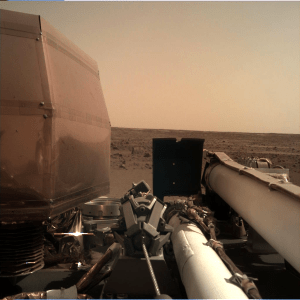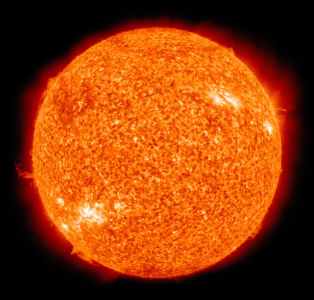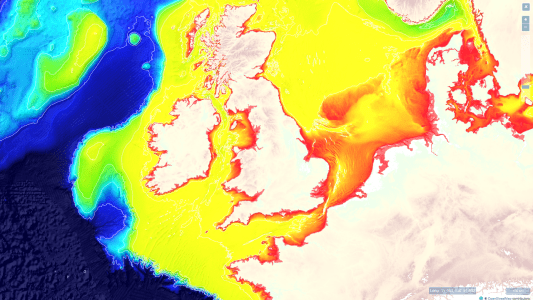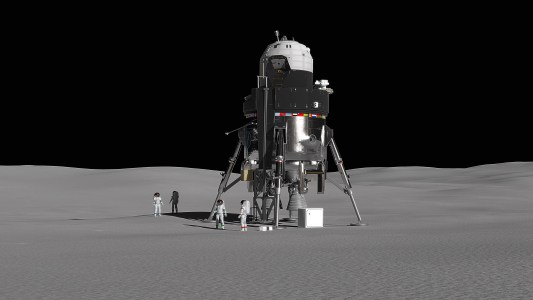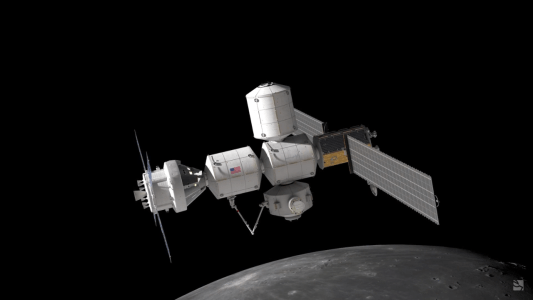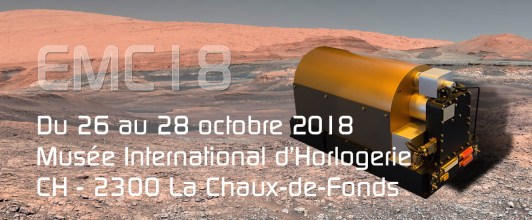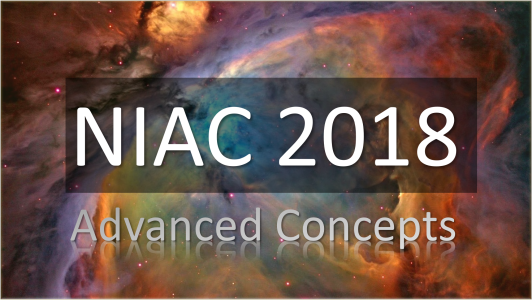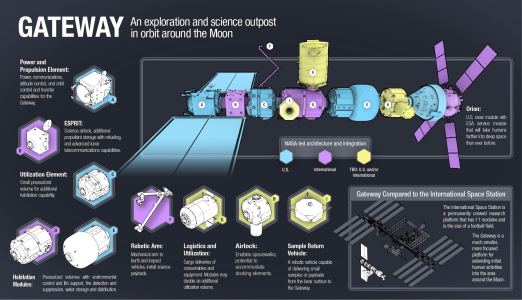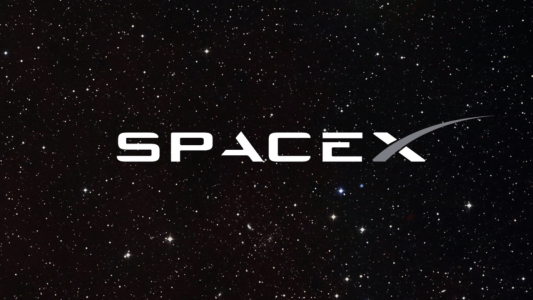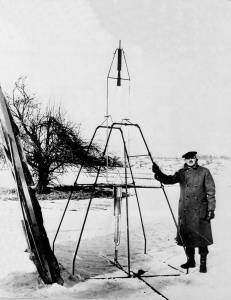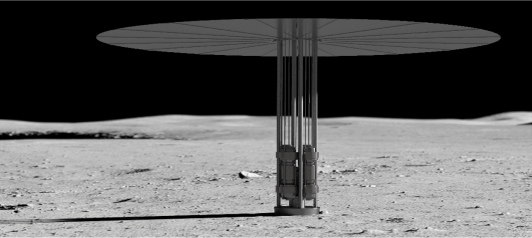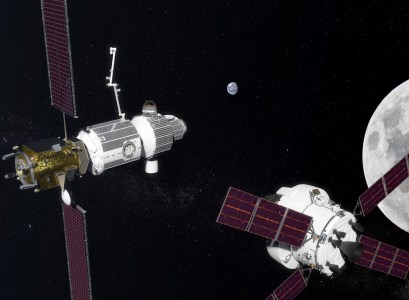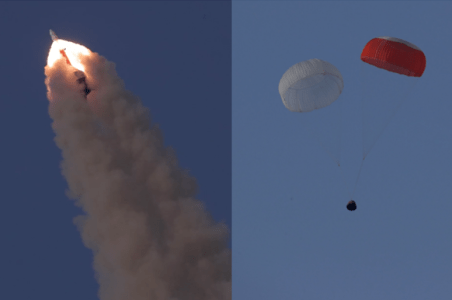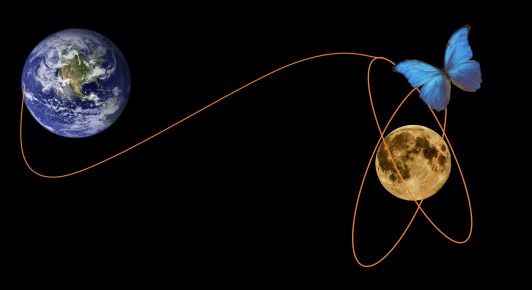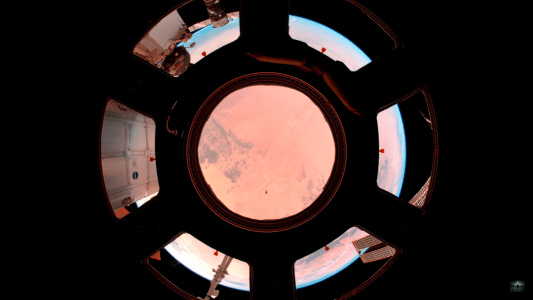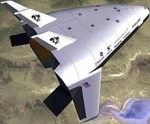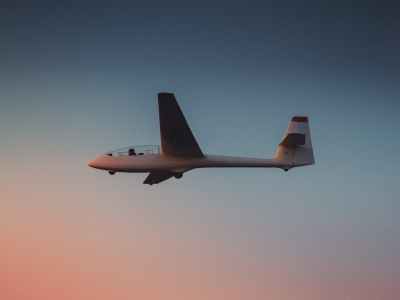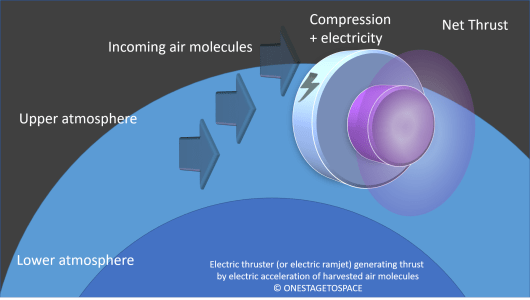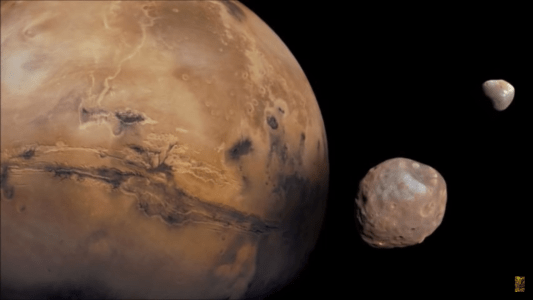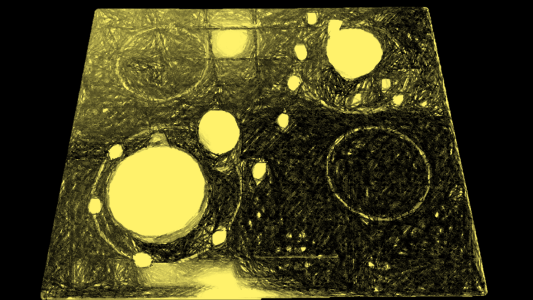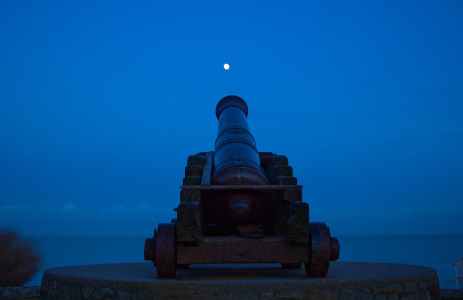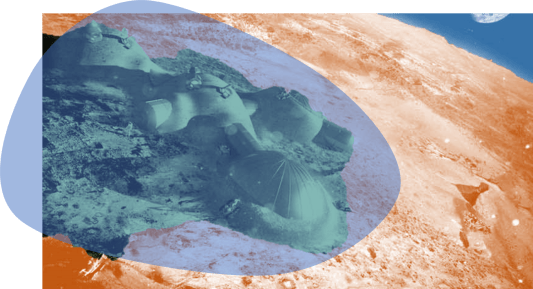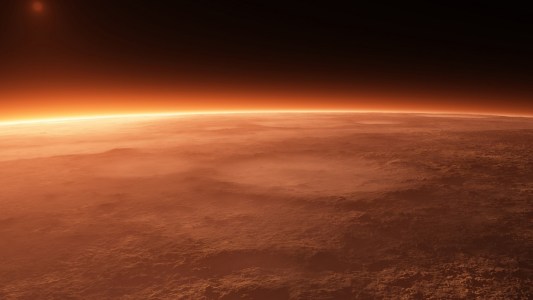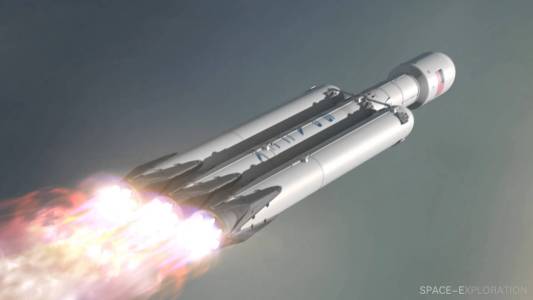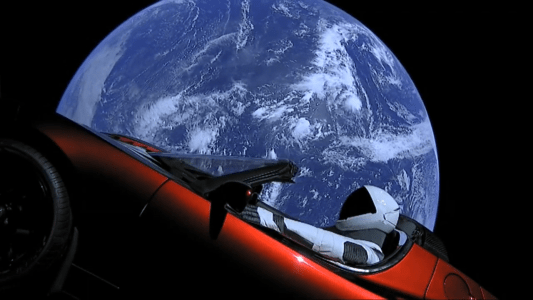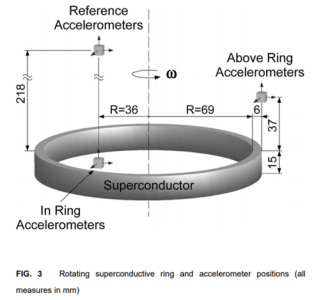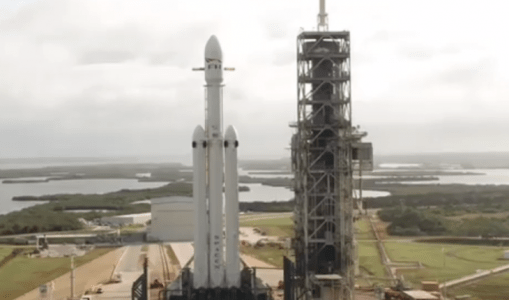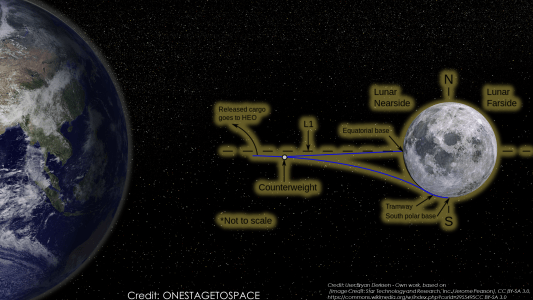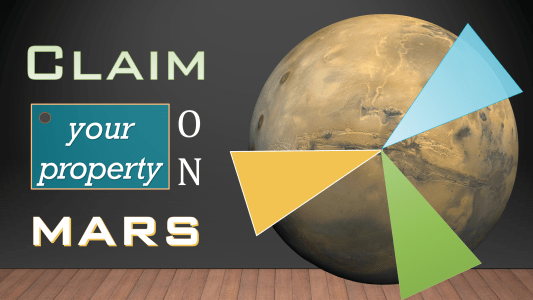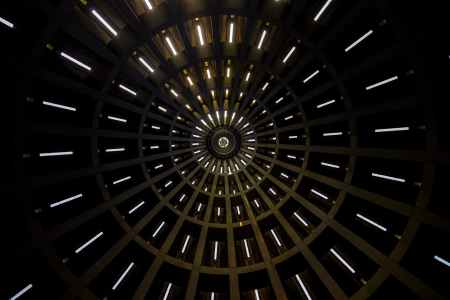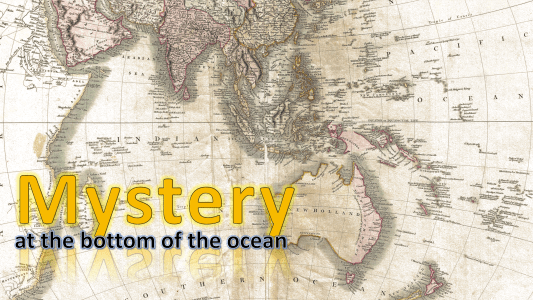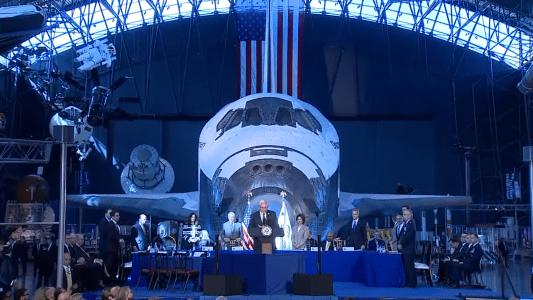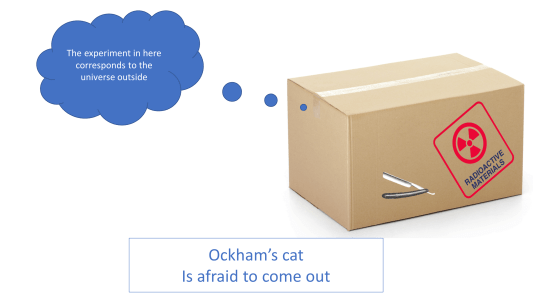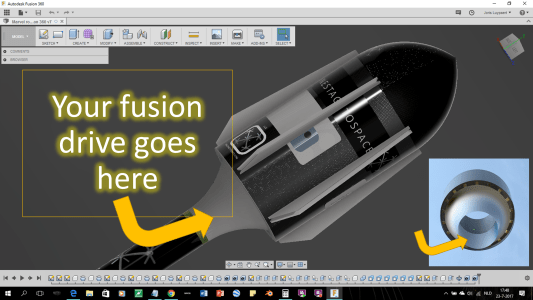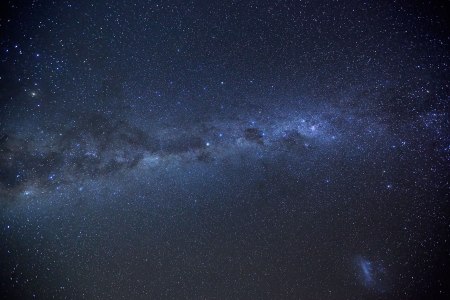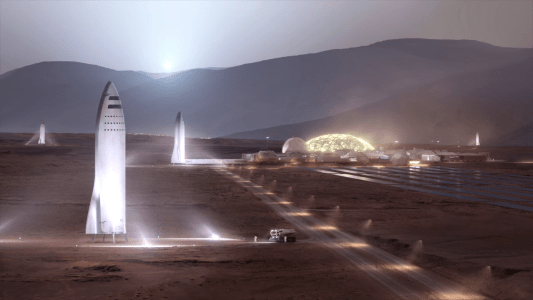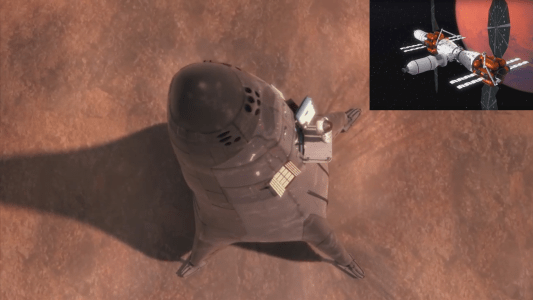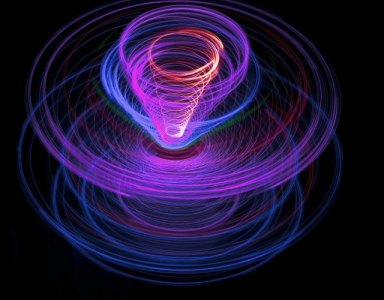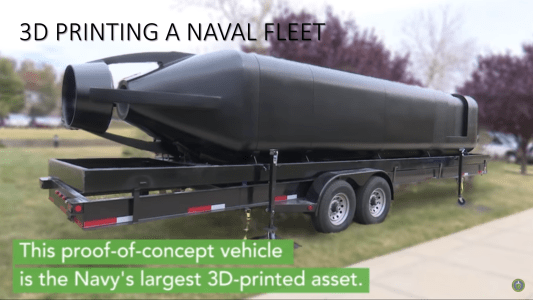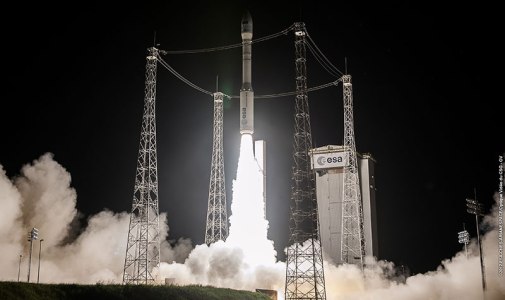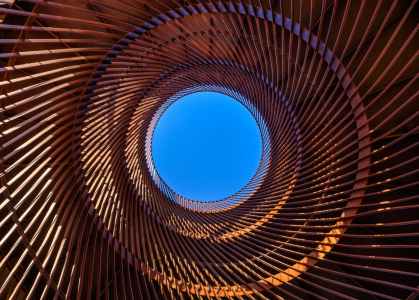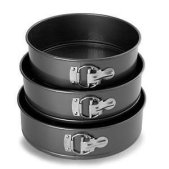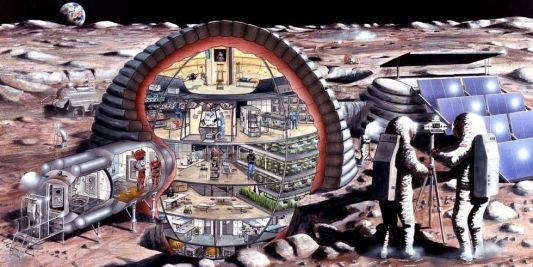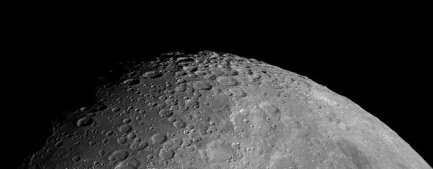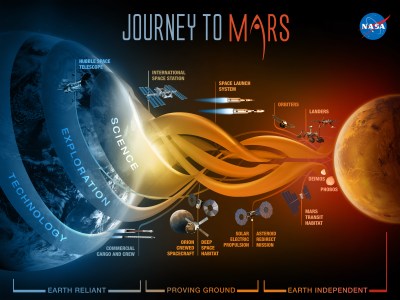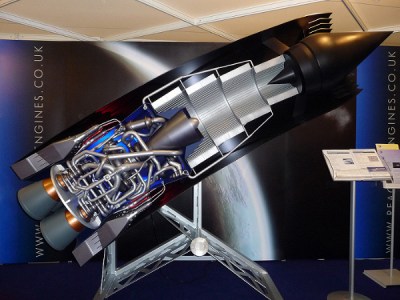NASA is leading an effort to put a station in orbit around the Moon. Until recently it was called the Deep Space Gateway, but during the Trump administration it has been renamed into LOP-G, or Lunar Orbital Platform-Gateway, somewhat of a mouthful.
Many hands make light work
Today, Europe, Japan, India, Russia and other countries have their space agencies actively discussing the specifics of how they will contribute to this platform.
Don’t think it will be a remake of the ISS around the Moon though. The platform will be just that, a platform that is 10 times smaller than the ISS, only visited intermittently and mainly in support of other Lunar surface or Deep Space operations, as a science, research, testing and communications platform.
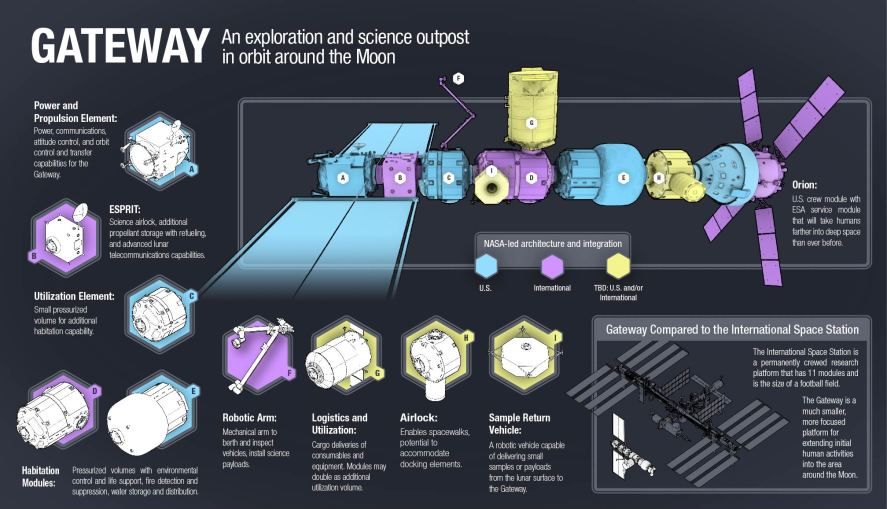
Try saying it four times in a row
But more awkward than it’s name, is the naming convention for the path of the orbit that this station will trace around the Moon.
It is called a Near-Rectilinear-Halo-Orbit (NRHO) and it’s not your grand daddy’s orbit. While Kepler was mulling circles and ellipses, this geometry is not for the faint of heart.
Some describe it as a delicate fuel sipping 3D-ballet, others call it an orbit that looks like the wings of a butterfly. Actually, it is both. But there are less prosaic reasons why the station is not simply flying in a low lunar orbit around either the poles of the equator. To be brief, its about weight.
(Source for video: Youtube: aisolutionsinc)
Gaining momentum
When Orion was first proposed, it would have flown on the smaller of the two Ares rockets, based around the side-booster segments of the Space Shuttle. In that configuration, Orion was a trimmed and lean vehicle that could be taken to Low Lunar Orbit, just as in the Apollo days. It would drop of the new Altair lander, RDV with the Altair ascent vehicle and fly back. Today however, given all the requirements that have been added to Orion in order for it to also function as a deep space vehicle, it has put on so much weight, that it cannot carry the propellant to descend too deep in the Moon gravity well, and be able to escape from it.
Is this technological regression? Yes and no. It is due to a refocus of what one would want to set as an exploration agenda with a capsule that is destined to be used for the next thirty years. In that regard, the Orion is a much more capable vehicle, ready to support ambitious missions to Mars.
If we want Orion to be central to an Apollo style mission, we do need some extra oomph. This might result from refueling in an orbital lunar station, say an LOP-G, as will be the case, or by flying Orion on the future iteration of the SLS, the SLS block two.
As it stands now, this Block 2 version vehicle will be available, if at all, at the end of the next decade. The space community is hoping, in private politically incorrect mumbling, that the role of the single use SLS 2 will be fulfilled by a commercial reusable vehicle like New Glenn or the BFR, which will be 5 to ten times cheaper vehicles, to perform the moon landing missions, when they come available. Once they are available, using the expensive SLS would no longer be defensible, politically, and could therefore be cancelled.
And, just in: on 17 sept 2018 is the official announcement by SpaceX of who is their first paying customer.
Mars?
Eager to skip the Moon all together and go to Mars? The idea of stretching our legs around the Moon first isn’t all bad. Science will benefit, as the orbits mentioned have lots of advantages.
Surprisingly, exoplanetary researchers are jumping at the possibility to observe the Earth from afar with camera’s able to capture the entire disk of the Earth in one glance. The data can provide valuable insight on how to find ways to determine if any planet, including Earth, has life on it. The small station flies in interesting orbits and there is a demand to point on board science camera’s in all sorts of directions, be it for deep space observations, or to track comets, meteoroids, asteroids, junk, radiation, solar wind particles, magnetic fields and ‘other stuff’ zipping through the Earth-Moon system.
CISLUNAR CRUISER
Today, the group appointed to build the LOP-G often mentions that the LOP-G or gateway for short, is also able to visit the EM-L1 and EM-L2 Lagrange points. These are points in CISLUNAR space where the gravity well of the Moon and Earth cancel each other out, almost. The propellant requirements are low enough that the Power Propulsion Unit would have no trouble visiting and hovering around these semi-stable points for extended stays. Each of these destinations have their own set of advantages for both exploration, staging off to Low Earth orbits or novel science.
Somewhat further in the future is the real possibility of placing a space elevator in one of the Lagrange points. It is exactly what it sounds like: an elevator taking pods with cargo and humans from the surface of the moon into lunar orbit. To find out more about that technology, this article could provide a starting point.
If you are indeed interested in the many other reasons and advantages why this orbit was chosen, do sit down and read this 9 page NASA manuscript by Ryan Whitley and Roland Martinez from the NASA Johnson Space Center, “Options for Staging Orbits in Cis-Lunar Space”, Manuscript Draft- October 21, 2015, (U.S. Government work not protected by U.S. copyright).
Oh, and if you have an urgent need to calculate the required Delta-V from LEO to NRHO (in case you can’t afford an SLS), take a look at this Purdue paper, page 13.

